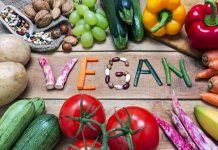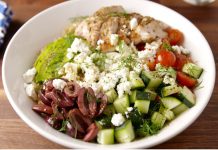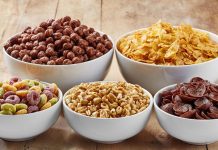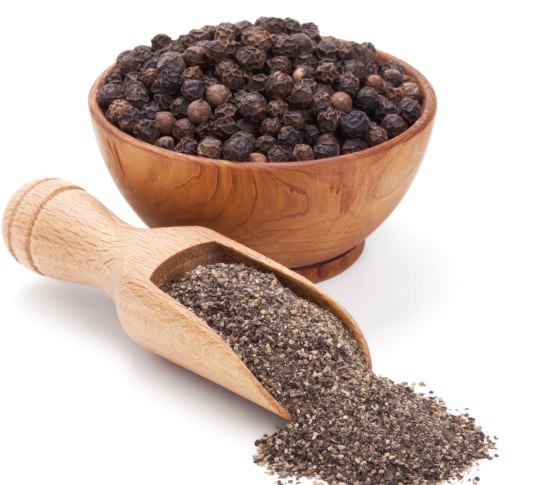Unless you want to pay $6+ every day at the local juice bar, a home juicer is a fantastic investment.
Also, owning your own juicer is essential if you want complete control over how your fruits and vegetables are juiced.
And if you don’t have a local juice bar at all, you will be depriving yourself if you spend another day without a juicer.
Believe it or not, juicers can be more complicated than you might realize. The juicing equipment that you pick is absolutely necessary when you first start juicing.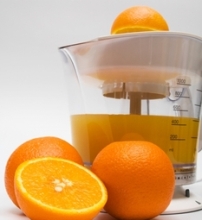
Not only can some juicers be quite expensive, but these juicers might not give you the results you want when you’re juicing your fruits and vegetables.
There are actually six different types of juicers that are available:
- Citrus juicers: make juicing citrus fruits easy.
- Centrifugal juicers: use a spinning disc to juice your fruit.
- Manual press juicers: completely eliminate all the pulp in juice.
- Single gear masticating juicers: designed for juicing baby food products.
- Triturating juicers: extracts the largest amount of juice from a vegetable.
- Wheatgrass juicers: extracts juices from wheatgrass.
If you’re worried about your budget, the centrifugal juicer is the cheapest, while the triturating juicer is the most expensive. But the triturating juicer will extract more juice from fruit, requiring you to use less fruit when juicing.
This fact might make triturating juicers cheaper in the long run. Also, evidence has shown that triturating juicers extract most of the nutrients from fruit, while centrifugal and masticating juicers cause a lot of damage to the nutrients found in the juice.
And different juicers require different amounts of time and cleaning. Some juicers are also louder than other juicers, which is something you might want to take into consideration when choosing your juicer.
What ingredients should I use when juicing?
There is a seemingly endless variety of fruits and vegetables that you can use in your juice. But some of these fruits and vegetables are particularly more beneficial and useful in juice than others.
Carrots
Though they sometimes have too much sugar, carrots are extremely high in vitamin A and have lots of vitamin K, C, dietary fiber, and potassium.
Carrots also have vitamin B6, manganese, molybdenum, vitamin B1, B3, phosphorous, magnesium, and folate.
Carrots are great providers of antioxidants and fight cardiovascular disease and cancer. They are also famous for improving eyesight. Finally, they are colon and lung healthy.
Celery
The dominant vitamin behind celery is vitamin K. Vitamin K fights diseases and helps your blood clot. Celery also has vitamin C, potassium, folate, dietary fiber, molybdenum, manganese, vitamin B6, calcium, thiamine, magnesium, vitamin A, tryptophan, phosphorus, vitamin B2, and iron.
Celery does a great job fighting hypertension because it has pthalides, which help the arteries dilate. This promotes better blood flow. Celery also fights cholesterol and has great antioxidants.
Cucumber
Cucumbers have some pretty good nutrients. They are the highest in vitamin C, as well as having molybdenum, vitamin A, potassium, manganese, folate, dietary fiber, tryptophan, and magnesium.
These cucumbers are fun fruits because they taste great and are fantastic for your skin. Why else do you think beauty salons lay cucumbers on the eyes of customers. Cucumbers also fight hypertension with plenty of vigor.
Apples
“An apple a day keeps the doctor away” might be true because of the moderate amount of vitamin C in apples. Apples also have a good amount of fiber. Otherwise, apples aren’t very complex sources of nutrients.
But they are one of the highest fruits when it comes to antioxidant supplements. Apples also have flavonoids, which are very much like antioxidants.
Also, for some reason that is not known yet, apples help to prevent kidney stones. So while apples lack the diversity of vitamins and minerals found in other fruits and vegetables, they have the antioxidant department covered.



